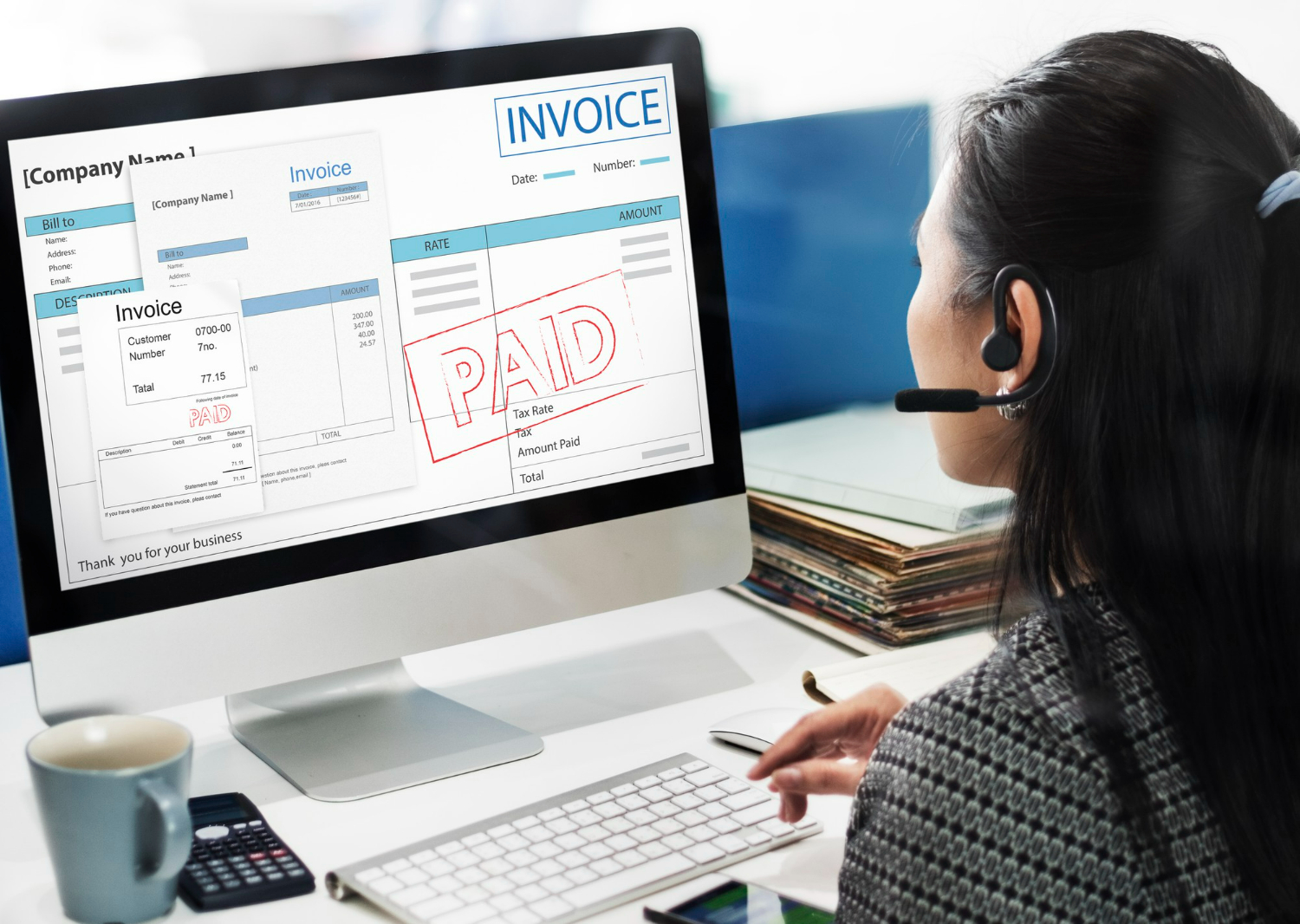Shifting to digital invoicing is a transformative step for any small business aiming to streamline operations and enhance customer service. In this article, we’ll walk you through the myriad benefits of going paperless and illustrate how certain tools can be instrumental in your business’s growth.
The Efficiency of Going Digital
The first and most immediate benefit of switching to digital invoicing is its significant boost to your bookkeeping and accounting operations. Traditional paper invoicing is time-consuming and prone to human error, which can be costly.
Digital invoicing automates many of these processes, allowing you to generate, send, and track invoices with just a few clicks. This automation speeds up your billing cycle and reduces the administrative burden, enabling you and your team to focus on more critical business tasks.
With instant delivery, you’ll see faster turnaround times on payments, improving your cash flow—a lifeline for any small business.
Improving Customer Interactions
Digital invoicing dramatically enhances the customer experience. Today’s consumers expect convenience and speed, and digital invoices delivered straight to their email or via a mobile app meet these expectations.
Furthermore, integrating advanced billing solutions like Stripe usage-based billing allows for flexible, transparent pricing and billing tailored to each customer’s usage. This simplifies the billing process and builds trust and satisfaction by providing clear, concise billing that customers can understand and appreciate.
Reducing Costs and Supporting Sustainability
Transitioning to a paperless system reduces your business’s operational costs in several ways. You’ll save on paper, printing, and postage costs, which can add up quickly. These cost savings can then be redirected into areas of your business needing more attention or expanding your services.
Moreover, reducing paper usage aligns your business with sustainable practices, reducing your environmental footprint and appealing to eco-conscious consumers. This commitment to sustainability can be a major selling point, differentiating your business in a competitive market.
Data-Driven Insights for Strategic Decisions
One of the most significant advantages of digital invoicing is the wealth of data it provides. Digital systems offer comprehensive analytics and reporting features that give you a detailed view of your financial activities.
For instance, you can track which invoices are outstanding, monitor payment patterns, and identify seasonal trends in your revenue. These abilities are invaluable for strategic planning, helping you make informed decisions that drive business growth.
Additionally, quickly accessing your financial records simplifies tax preparation and financial auditing, reducing the stress and complexity of these necessary tasks.
Streamlining Operations with Integrated Technologies
Integrating your invoicing system with other business tools and technologies can further enhance its effectiveness. For example, connecting your digital invoicing system to a CRM (Customer Relationship Management) system can automate the billing process based on customer interactions and contracts.
Similarly, integration with inventory management systems ensures billing corresponds with stock levels, preventing errors and enhancing operational efficiency.
Digital invoicing also opens up opportunities for using advanced billing models, such as stripe usage-based billing, which can be particularly effective for businesses that offer tailored services or consumption-based products.
Ultimately, this flexibility allows you to innovate how you charge and serve your customers, potentially creating new revenue streams and supercharging your business model.
Taking the First Steps Towards Digital Invoicing
If you’re ready to transition to digital invoicing, start by evaluating your current invoicing processes to identify specific pain points that digital solutions could address. Next, research various digital invoicing platforms to find one that matches your business needs in terms of features, scalability, and cost.
Implementing Stripe usage-based billing, for example, could be a game-changer for service-oriented businesses looking to offer more personalized billing options.
Once you choose a system, plan a phased rollout that includes training your team and informing your customers about the new process. It’s important to ensure that everyone involved understands the benefits and how to use the new system effectively.
By shifting to digital invoicing, you’re updating more than just one aspect of your business operations; you’re setting the stage for greater efficiency, cost reduction, improved customer relations, and data-driven decision-making.
Not only will your customers appreciate this tech-driven approach to billing, but your staff will also appreciate the increased efficiency and organization that digital invoicing brings.

